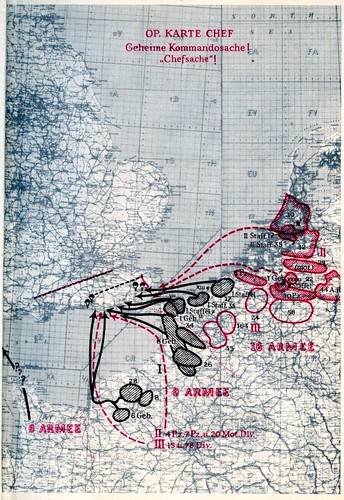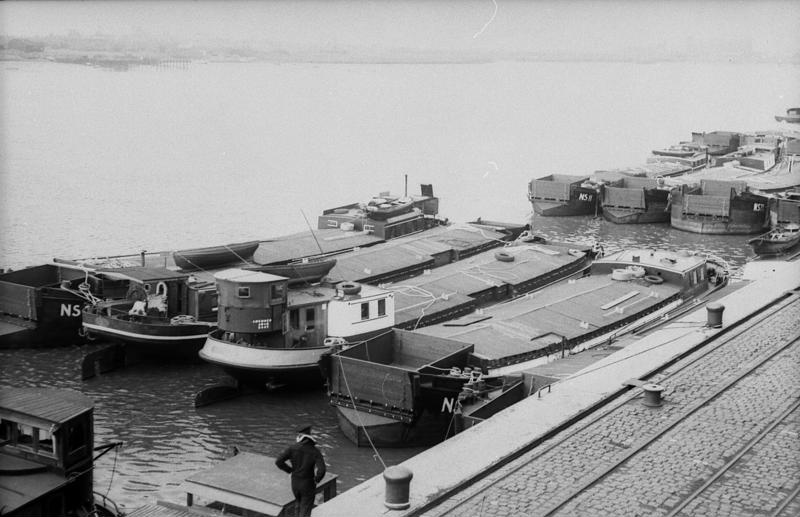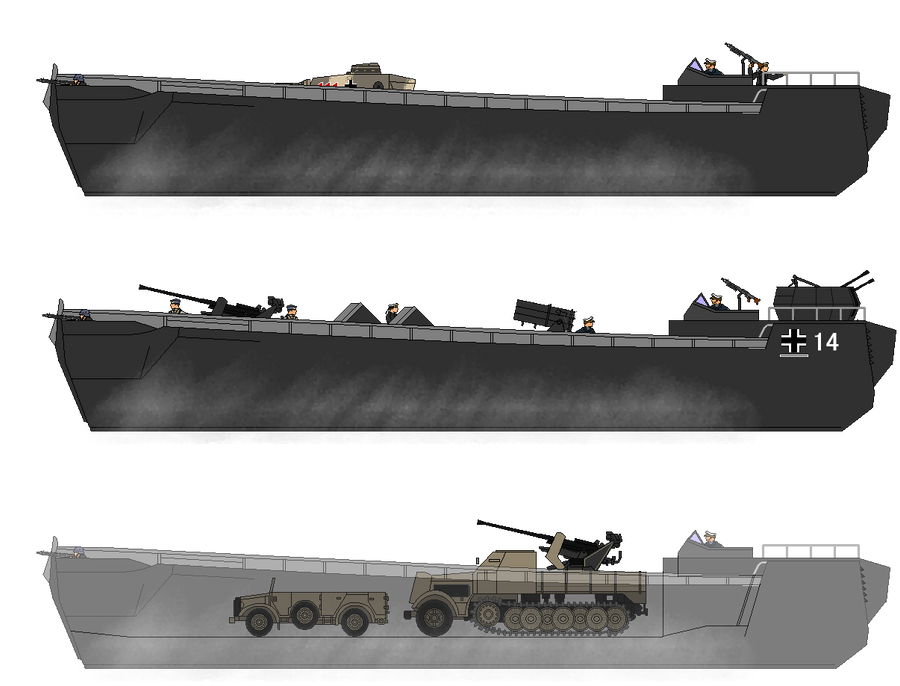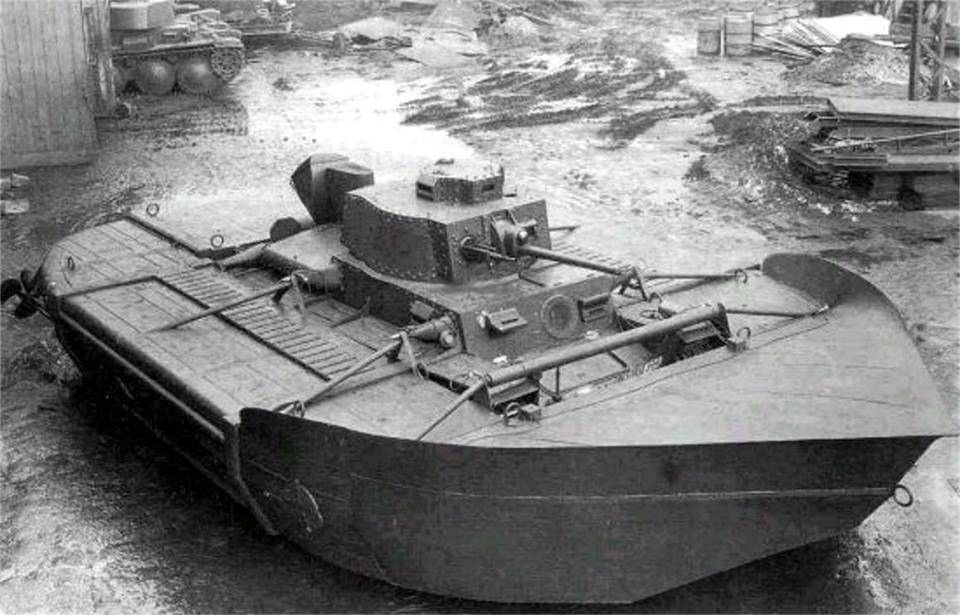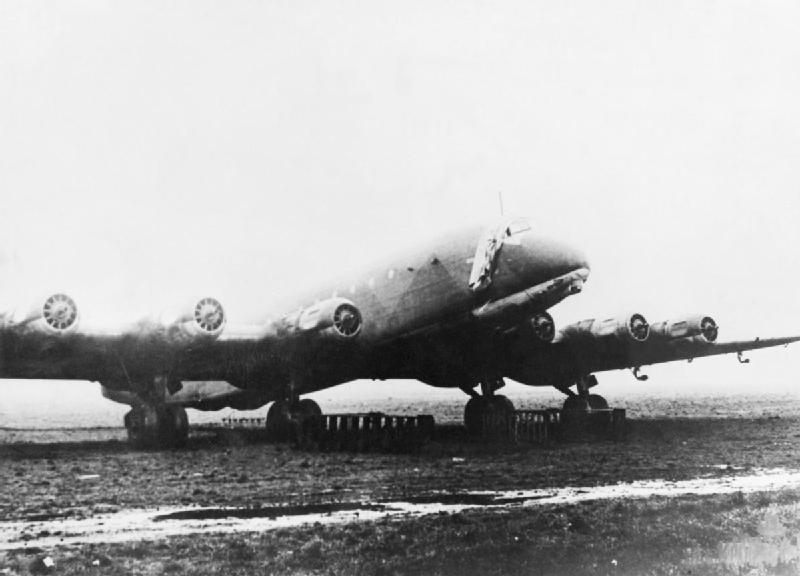Chapter 320: Chosen transformation inside the Co-Prosperity Sphere:
(Chosen/ Korea: dialect left, ethnicity right)
As a member state of the Co-Prosperity Sphere, Chosen, still known to the Western World as Korea had a major transformation period behind itself. While many supported Hwangje (Emperor) Uimin (Euimin). But despite a somewhat independence, reforms, industrialization and overall modernization with increasing numbers of telephones, automobiles and other goods, some still opposed the new government, the Co-Prosperity Sphere and Japanese influence and leadership. After all only every tenth citizen (2,000,000 of the 24,000,000) of the Empire of Korea was Japanese, still the Japanese owned, controlled and governed over 52% of the Land in Korea, as well as a majority of all farms, plantations and mines. Most of this was thanks to the fact that the Japanese government supported these settlers out of the overpopulated Japanese Home Islands directly, but also because they often came with more money then the formerly poorer and nearly still colonial Chosen citizens that lived in the rural regions and even inside some cities.
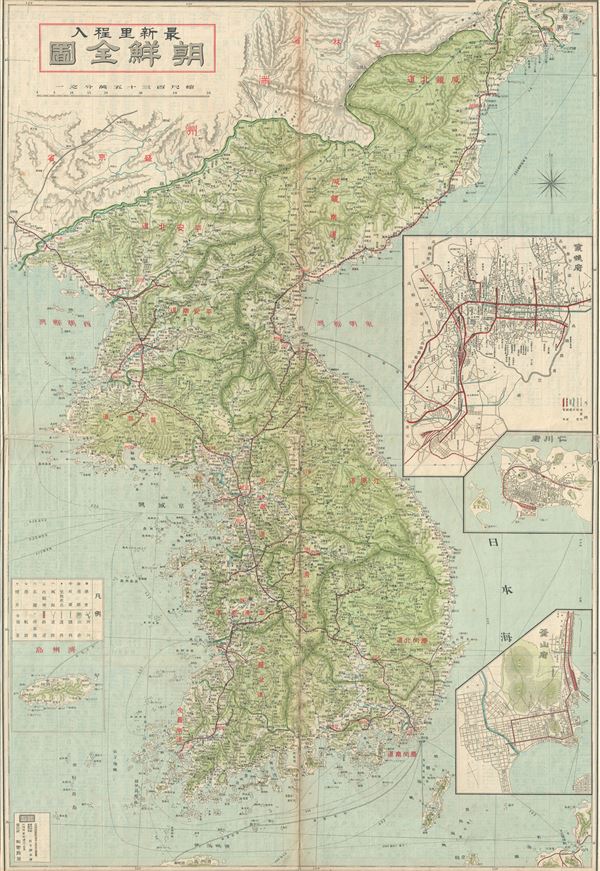
Ma Chong, Kim Tu-bong, Choe Chang-ik and Kim Il Sung led Communist Korean forces, called the North-Chinese League for the Independence of Korea, that fought the Japanese, Manchukuo and the Co-Prosperity Sphere in Korean settled regions across the northern Korean border region. Meanwhile the Provisional Independent Government of the Republic of Korea was led by anti-communist leaders like Lee Beom-seok and Kim Won-bong, who opposed Coprospist and Communist influence in Korea alike. Japan even encouraged Korean language, at least that of the former provinces and smaller nation and ethnographic Chosen groups and dialect's spoken in the provinces.
What looked like brotherly tolerance, cultural equality, Pan-Asianism and Coprospism, was in reality viewed by the Japanese advisers in Chosen as a way to divide the Chosen people along these lines to strengthen the Japanese minority until it would become the majority population in Chosen. For the same purpose Shintoism was spread and Japanese language and culture thought in Chosen schools (in a dual Chosen/ Japanese school system). The goal was the same as in Manchuria and some new liberated nations in southeast Asia; slowly integrating these puppet regimes and vassals into Japanese colonial settlement areas and economic dominated regions.
Following the annexation of Korea, the Japanese administration introduced a free public education system modeled after the Japanese school system, with a pyramidal hierarchy of elementary, middle and high schools, culminating at the Keijo Imperial University in Seoul, education was viewed primarily as an instrument of "the Formation of the Imperial Citizen" (황민화; 皇民化; Hwangminhwa) with a heavy emphasis on moral and political instruction. Japanese religious groups such as Protestant Christians willingly supported the Japanese authorities in their effort to assimilate Koreans through education and cultural assimilation. Elementary schools were known as "Citizen Schools" (국민학교; 國民學校; gungmin hakgyo) as in Japan, as a means of forming proper "Imperial Citizens" (황국민; 皇國民; Hwanggungmin) from early childhood.
While the old Chosen Confucian faith was tolerated to some extend besides Buddhism and Shintoism, but many Chosen people who opposed Japan, the new Chosen Government and Coprospism became Christians in opposition to it. Protestant missionary efforts in Asia were nowhere more successful than in Korea. American Presbyterians and Methodists arrived in the 1880s and were well received. In the days Korea was under Japanese control, Christianity became in part an expression of nationalism in opposition to Japan's efforts to promote the Japanese language and the Shinto religion. Man peasants were also drawn into Christianity by it's egalitarianism in opposition to the Coprospist caste system and joined Catholic and Protestant mission and churches.
In 1914, out of 16 million people, there were 86,000 Protestants and 79,000 Catholics; by 1934 the numbers were 168,000 and 147,000. Presbyterian missionaries were especially successful. Harmonizing with traditional practices became an issue. The Catholics tolerated Shinto rites. The Protestants developed a substitute for Confucian ancestral rites by merging Confucian-based and Christian death and funerary rituals. Missionaries, however, were alarmed at the rise in communist activity during the 1920s. Communist literature was effectively banned in Korea at this time, but it was sometimes smuggled into the country disguised as Christian literature, often addressed to missionaries to further avoid suspicion. Communist concepts, such as class struggle, and its partner nationalist movement were resonating well with some of the peasants and lower-class citizens of colonial-era Korea; this was worrying to some missionaries because of communism's atheist components. At one point, communist students in Seoul held an "anti-Sunday School conference" and loudly protested religion in front of churches. This protest renewed Japanese governmental interest in censorship of communist ideas and language and started the alliance of some Protestant and Catholic groups with the Japanese and later Chosen Coprospist government in the peninsula. Some Christian groups even believed they could escape the government prosecution of Christians as western devils that according to Coprospist propaganda helped destroy ancient Asian culture, religions and societies to weaken them for European Colonialism. To show their allegiance some Chosen Christians openly worked alongside the Coprospist government and even military and many later joined the Chosen Hokushin-ron Expedition Army, to fight the atheist and unholy Beast of Communism in Russia and Mongolia.

This rebellious forces and guerrilla movements were opposed by Hwangje (Emperor) Uimin (Euimin also known as Prince Ri Gin), who was in command of the overall Imperial Chosen Army of nearly 2,000,000 soldiers (later 2,400,000 men), as a General Army (総軍 Sō-gun). This meant that nearly every of the thirteen Chosen Provinces had it's own Area or Theatre Army (方面軍 Hōmen-gun). In the South, this included the major inland Garrison forces of the Imperial Chosen Army under Yi Kang, the Prince Imperial Uihwa (also Euihwa), (born 30 March 1877) the fifth son of Emperor Gojong of Korea and his concubine, Lady Chang, who was a court lady-in-waiting. Prince Yi Kang was not the Crown Prince, even though he was older than his brother Hwangje (Emperor) Uimin (Euimin), due to the status of his mother. Prince Yi Gang, a man with an active personality and handsome features, had 14 concubines in addition to his official wife, Princess Duk-in. He had a total of 12 sons and 9 daughters. He was also a strong supporter of the Japanese-Korean relationship, Chosen Coprospism and the Co-Prosperity Sphere and supported by the Japanese General Kuniaki Koiso as a adviser.

His son General Prince Yi U was in command of the coastal defence forces of the Imperial Chosen Army, unlike his brother Yi U, who withstand any Japanese attempts of education and marrying him to a Japanese noble. Yi U later supported Chinese and Korean anti-Coprospist rebels and was imprisoned for treason. In the north General Prince Colonel Prince Yi Geon (born October 28, 1909), also Ri Ken who had served as a cavalry officer in the Imperial Japanese Army had become general of the northern Chosen border defences, as well as all forces there. He was the first son of Prince Yi Kang by Lady Jeong, he was a grandson of Emperor Gwangmu. Yi Goen not only oversaw the planning and building of the fortification across the northern Chosen border, but also personally commanded the Imperial Chosen Haken Gun/ Expeditionary Army, better known as the Chosen Hokushin-ron Expedition Army. In this position Yi Goen led the Chosen forces alongside Japanese, Manchukuo and White Russian ones against Vladivostok. He was supported in his position by the Japanese General Seishirō Itagaki, who served as his adviser.
While most Chosen Army and Navy weapons were sill imported from Japan, or actually older Japanese Chosen Army equipment and Japanese Chosen Navy ships, the new Empire tried to establish their own manufacturing. Partly because it allowed for more independence from Japan, partly because this way they could specialist their equipment even more to the needs of the Imperial Chosen Army and Imperial Chosen Navy. The main manufacturer for the whole Imperial Chosen Army would become Seoul Army Arsenal, Musan Heavy Industries, Chosen Railways, Pyongan Army Industries, Hwanghae Heavy Industries, Puk'yong-ni Heavy Arsenal, Kwangju Engineering and Gyenosang Arsenal creating weapons, vehicles of all kinds and even airplanes (Chosen Airplane Manufacturing Company, short CAMC) and tanks. Meanwhile Pusan Naval Arsenal (Pusan Naval Yards), Incheon Shipbuilding & Marine Engineering, Songrim Naval Yards, Hadju Naval Harbor Arsenal, Makpo Naval Industries and Nanam Shipbuilding manufactured most newer ships for the Chosen Empire. Most of these were at least partly (at least 50%) controlled by Japanese Conglomerates or the Imperial Japanese Chosen Army Group in the region. Some of this Chosen ship designers and shipbuilding manufacturers would one day be among the Top 20 and Top 10 in their business.



